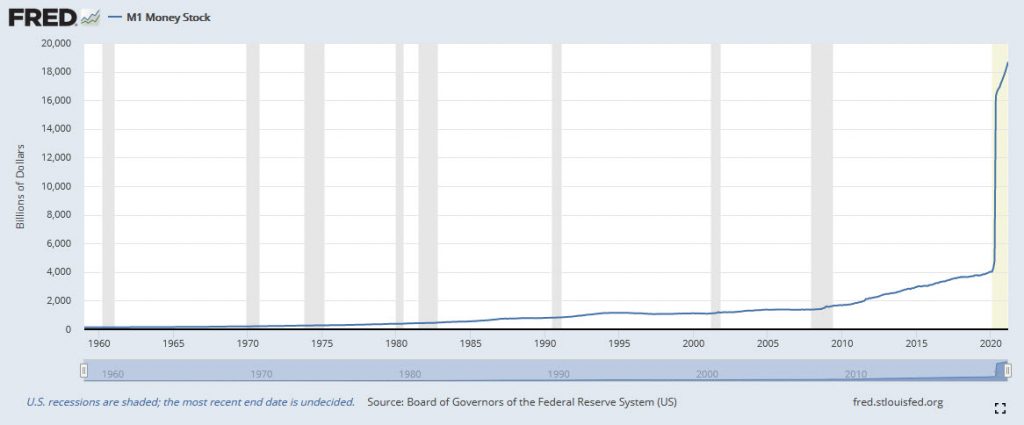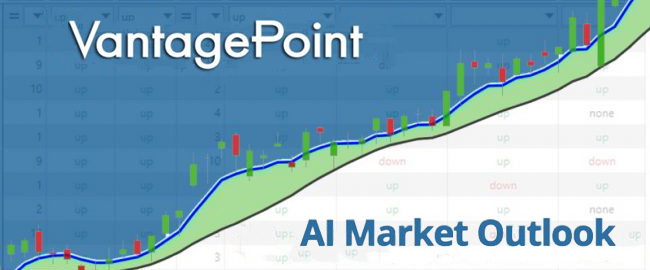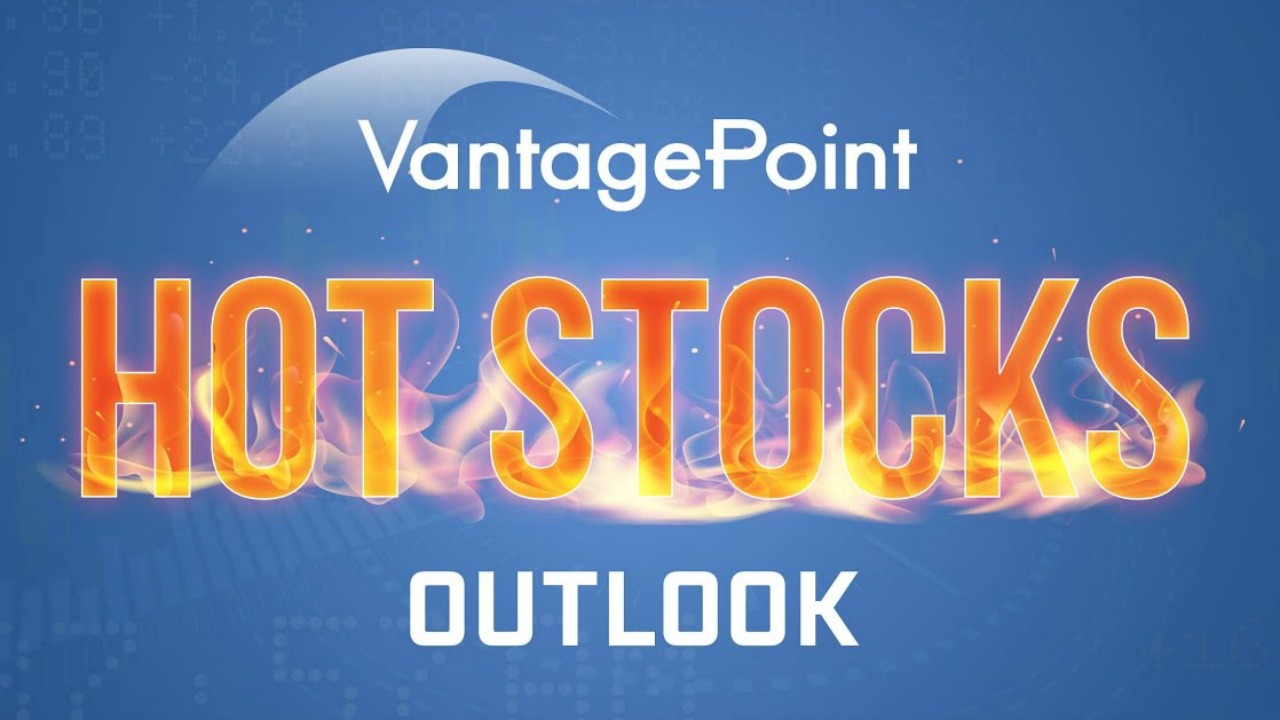Do Earnings Calls Have Predictive Value?
For new investors and traders understanding what’s going on with the stocks you’re trading can be very confusing. Where do you turn for information?
One of the fastest ways to generate expertise is by going straight to the source. I’m talking about jumping on earnings calls of the companies that you are trading. On these calls, you get to hear the management team and the CEO talk about the challenges the company is facing and the successes they are having. In the past, earnings calls were primarily the domain for long-term buy and hold investors. However today short-term traders regularly tune in to earnings calls to hear straight from the management team and to be able to compare that insight to the price action on the charts.
Every quarter publicly held companies are required to publish their financial statements and file them with the Securities and Exchange Commission (SEC) using forms 10-Q for the first three quarters of the fiscal year and 10-K for their annual reports. This calendar is scheduled months in advance, and it permits a public company’s management team to discuss its financial results and answer questions to investors and analysts. The earnings numbers are usually presented as an aggregate number and then broken down as an earnings per share figure. These numbers on Wall Street have traditionally been viewed as judgment day. The number itself reported tells you what the company accomplished. That earnings number is to be compared to what was expected from analysts and competitors, as well as how the company is responding to the successes and obstacles that it is facing.
When you jump on an earnings call what is vitally important for you as a trader and investor is to surmise how a company addresses its problems and opportunities. Are they confronting issues or hiding from them and trying to sweep them under the rug? You can quickly ascertain a company’s culture by how they communicate to the public when they are questioned about their operations and future prospects. Are managers confident or evasive when confronted with a difficult topic? Do they hide behind a legal curtain? Do they sound and appear authentic in their communication? How forthright is management in discussing areas of the company’s balance sheet where disappointments occurred?
It’s customary for public companies to announce their earnings in a press release. Usually, the earnings call takes place shortly afterward. These calls are free to attend, and they are open to the public, but they are of particular interest to institutional investors, mutual funds, etf’s and large speculators. It’s also quite common to have members of the press and media on the call as they regularly report on the proceedings. You can often find information about an upcoming earnings call by simply visiting the company’s website. If you are unable to attend, most brokerage houses and professional advisory and analyst organizations provide free transcripts of earnings calls from the companies they follow. These are easily accessible by simply googling the keywords “earnings call transcript” for the company you are interested in. Audio recordings of these transcripts allow you to listen in and understand the tenor of the call.
The Format
Earnings calls follow a three-part format. The call usually begins with a disclaimer from the Investor Relations Officer reading a safe harbor statement. This statement warns listeners that the call is being recorded, and that any forward-looking statements made on the call may not match actual future results and suggests that all listeners should do their own due diligence to arrive at their own investment decisions.
After the safe harbor statement is read, the call is usually handed off to the Chief Executive Officer who presents a quick summary of results and discusses the existing trends, initiative, company news and other topics that are affecting the bottom line. The CEO will often make projections about the next quarter, or the annual earnings based upon the things that are being addressed.
Finally, the Investor Relations Officer will open the call up to from equity analysts. It is not uncommon for the CEO to call upon the management team answer questions in greater detail. Members of the executive team typically will discuss the qualitative and quantitative measures in discussing the company’s performance.
What It All Means for Traders and Investors
The events of an earnings can have a huge impact on the company’s stock price. Prior to an earnings call, analysts track the company’s financial position throughout the year and make their estimates of where they think the company is fairly valued and where they think it is heading.
If the actual earnings numbers are below analysts’ expectations, it’s considered a miss. Should the earnings numbers be better than estimated financials it is considered a beat.
Traders and analysts are very attentive during the unscripted portion of an earnings call to determine the vibe that the company is projecting and what the companies actual thinking really is. For example, during Tesla’s first quarter earnings call, CEO Elon Musk termed a question about the company’s fundraising efforts “boring” and “not cool.” His demeanor was considered to be very dismissive of the analyst asking the question. The result was that the following day, Tesla’s shares opened 7% lower.
Earnings calls offer a way for investors and traders to develop an understanding of a company’s financial prospects and operations. More importantly, investors can get vital insights on the health of the economy, or how the company is responding to competitors and macroeconomic trends.
Where earnings calls are helpful is that it allows investors and traders to listen for the tone of management in addressing issues. On earnings calls a very vital dichotomy exists. Management traditionally tries to present a very optimistic point of view, while analysts tend to be very pessimistic. When these bulls and bears meet to discuss outlooks, price discovery is the end result.
Key Takeaways
- Publicly traded companies’ earnings calls occur every three months and are open to the public.
- The management team’s objective for an earnings call is to present results in the best possible light.
- Analysts on earnings call are traditional very pessimistic.
- The interaction of bullish and bearish perspectives during the question-and-answer session provide provides traders and investors with valuable insights into a company’s financial position and future prospects. This is how price discovery in the markets is initiated.
Certain metrics are often discussed on earnings calls which also provide wisdom for investors and traders. For example, a company’s price to earnings ratio, or P/E measures a company’s valuation and allows historical comparisons. Does the company address this on an earnings call? Is executive compensation directly tied to the price of the stock? How did competitors in the same industry do in comparison?
Occasionally companies come up with their own metrics to position their financials in the best light. For example, years ago eBay reported a Gross Merchandise Value (GMV) which is the sum value of all of its online listings and discussed how this metric was growing. Unfortunately, this metric is worthless because it would be like Walmart reporting the sum value of all of the merchandise in its stores. Interesting to note, this metric was being reported while competitors like Amazon were taking market share away from eBay.
Professional traders and investors make it a point to:
- Read an earnings call release
- Listen to the earnings call
- Analyze the earnings call
- Assess the consensus opinion from the earnings call amongst traders and analysts.
Certain analysts and organizations monitor earnings calls very closely to develop macroeconomic trends. They monitor “keywords” used by CEO’s and analysts as a means of determining relevancy.
Last week, when discussing the latest earnings calls commentary, Bank of America showed a chart of the number of mentions of the word “inflation” during earnings calls. The chart showed that the word “inflation” had exploded on earnings calls. It had been discussed 300% more than any time since Bank of America started tracking earnings calls mentions in 2004.

This is notable for several reasons. These conversations that are discussing inflation are occurring between CEO’s and their management teams who are operating their companies in a monetary environment where the money supply in the world has exploded to unprecedented levels. Management teams are witnessing the devaluation of the currency and these discussions are front and center on earnings calls. While this graph is parabolic, only one week later, Bank of America updated the chart because mentions of “inflation” had increased an additional 100%!
Markets have been obsessed for months over whether higher inflation is coming. The latest batch of quarterly reports suggests it’s already here and helping corporate America.

Savita Subramanian – Head of US Equity & Quantitative Strategy at Bank of America writes:
“On an absolute basis, [inflation] mentions skyrocketed to near record highs from 2011, pointing to at very least, “transitory” hyper-inflation ahead.”
I’ve never heard of hyperinflation described as “transitory.”
Hyperinflation is a term to describe rapid, excessive, and out-of-control price increases in an economy, typically at rates exceeding 50% each month over time.
Here are some additional facts….
Lumber is up 337% year over year!
Corn is up 117% year over year!
Soybeans are up 88% year over year!
Aluminum is up 58% year over year!
Copper is up 92% year over year!
Oil is up 95% year over year!
Cattle prices are up 13% year over year!
Lean Hog prices are up 51% year over year!
All of these markets are up solid double digits since the start of the pandemic. In the last 6 months the Producer Price Index is up 7.6% at an annualized rate. The Consumer Price Index is up 3.6% at an annualized rate. The Fed says this inflation is “transitory” and once supply chains are repaired, it will decline. But with the money supply rising so dramatically, is that even possible?
These are the questions that will affect the trading decisions you make in the next few months in your investing and trading portfolios.
All of these prices are the response you get from a massive increase in the money supply as depicted in the Fed money supply chart below.

Why have “mentions” of inflation in corporate boardrooms increased by 800% y-o-y? Because the dollar is buying less and less and less.
Virtually overnight, bankers have gone from denying the existence of central bank-fueled inflation (for the past decade) to now warning of transitory imminent hyperinflation.
This is not a flip-flop that traders and investors should take lightly. We are witnessing a currency devaluation and boardrooms across the world are forced to address the effect it is having on their bottom lines.
- More and more people understand the significance of the vertical line above.
- Asset price inflation: soaring real estate prices, soaring food prices, soaring stock prices, soaring bond prices, soaring steel prices, soaring lumber prices, a nine-year high in the commodities index.
Sir John Templeton once quipped that the most dangerous words in investing were “this time is different!”
We are told that we must go deeper into debt to fix our debt crisis, and that we must spend more in order prosper.
“Debt is Wealth.”
“Spending Is Prosperity.”
What has become totally obvious is that central banks around the world are going to continue printing incomprehensible sums of money– this is ‘whatever it takes’ monetary policy.
Does anybody remember that Fed Chairman Ben Bernanke promised in 2008, that the $600 billion stimulus added to the economy at the outset of the Great Financial Crisis was a one-time measure?
If Quantitative Easing worked in 2009, then why did we need Quantitative Easing 2 in 2010?
Or Quantitative Easing 3 in 2012?
Or Quantitative Easing 4 in 2014?
Or Quantitative Easing Infinity in 2018?
Our only decision is how we choose to react.
So, what’s a trader to do in this Age of Massive Imbalances?
Are you generating profits larger than the current money supply which was growing at a 26% year over year annualized growth rate? If not, you are falling behind.
Are you capable of finding those markets with the best risk/reward ratios out of the thousands of trading opportunities that exist?
Artificial intelligence is not “a would be nice to have” tool.
It is an “absolutely must have” tool to flourish in today’s global markets.
Knowledge. Useful knowledge. And its application is what A.I. delivers.
Over the coming weeks, you can rest assured that Vantagepoint Power Traders will continue to build wealth one trend at a time, even in these volatile conditions.
Keep in mind that artificial intelligence has beaten humans at Chess, Checkers, Poker, Jeopardy and Go. Why should trading be any different?
Intrigued? Visit with us and check out the A.I. at our Next Live Training.
Discover why artificial intelligence is the solution professional traders go-to for less risk, more rewards, and guaranteed peace of mind.
It’s not magic. It’s machine learning.
Make it count.
THERE IS SUBSTANTIAL RISK OF LOSS ASSOCIATED WITH TRADING. ONLY RISK CAPITAL SHOULD BE USED TO TRADE. TRADING STOCKS, FUTURES, OPTIONS, FOREX, AND ETFs IS NOT SUITABLE FOR EVERYONE.IMPORTANT NOTICE!
DISCLAIMER: STOCKS, FUTURES, OPTIONS, ETFs AND CURRENCY TRADING ALL HAVE LARGE POTENTIAL REWARDS, BUT THEY ALSO HAVE LARGE POTENTIAL RISK. YOU MUST BE AWARE OF THE RISKS AND BE WILLING TO ACCEPT THEM IN ORDER TO INVEST IN THESE MARKETS. DON’T TRADE WITH MONEY YOU CAN’T AFFORD TO LOSE. THIS ARTICLE AND WEBSITE IS NEITHER A SOLICITATION NOR AN OFFER TO BUY/SELL FUTURES, OPTIONS, STOCKS, OR CURRENCIES. NO REPRESENTATION IS BEING MADE THAT ANY ACCOUNT WILL OR IS LIKELY TO ACHIEVE PROFITS OR LOSSES SIMILAR TO THOSE DISCUSSED ON THIS ARTICLE OR WEBSITE. THE PAST PERFORMANCE OF ANY TRADING SYSTEM OR METHODOLOGY IS NOT NECESSARILY INDICATIVE OF FUTURE RESULTS. CFTC RULE 4.41 – HYPOTHETICAL OR SIMULATED PERFORMANCE RESULTS HAVE CERTAIN LIMITATIONS. UNLIKE AN ACTUAL PERFORMANCE RECORD, SIMULATED RESULTS DO NOT REPRESENT ACTUAL TRADING. ALSO, SINCE THE TRADES HAVE NOT BEEN EXECUTED, THE RESULTS MAY HAVE UNDER-OR-OVER COMPENSATED FOR THE IMPACT, IF ANY, OF CERTAIN MARKET FACTORS, SUCH AS LACK OF LIQUIDITY. SIMULATED TRADING PROGRAMS IN GENERAL ARE ALSO SUBJECT TO THE FACT THAT THEY ARE DESIGNED WITH THE BENEFIT OF HINDSIGHT. NO REPRESENTATION IS BEING MADE THAT ANY ACCOUNT WILL OR IS LIKELY TO ACHIEVE PROFIT OR LOSSES SIMILAR TO THOSE SHOWN.











